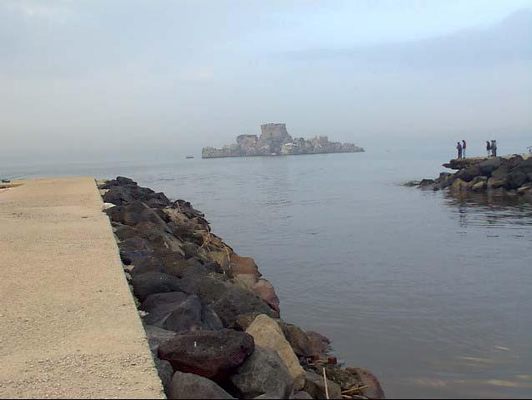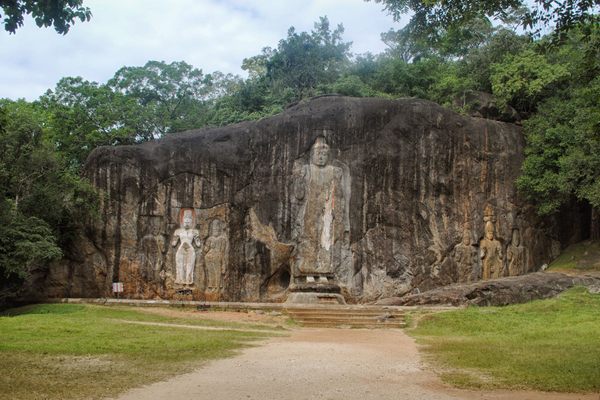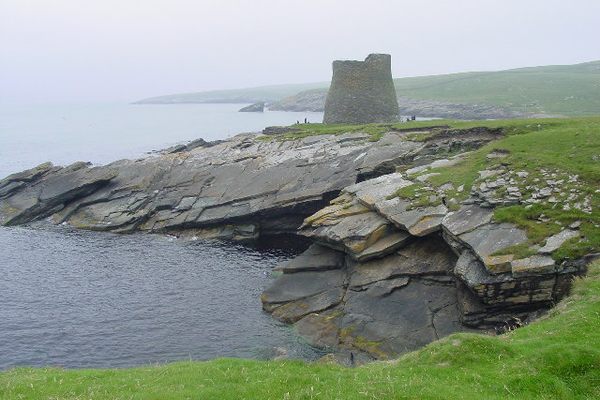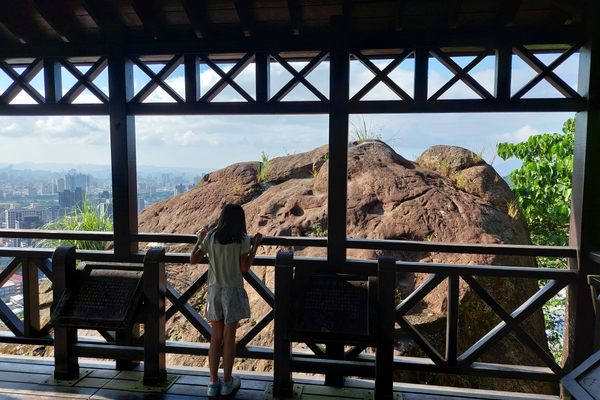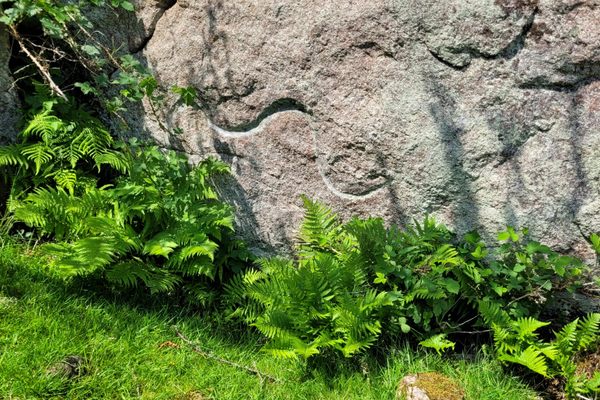About
The small Rock of Rovigliano peeks out above the water at the mouth of river Sarno in the Gulf of Naples. According to legend, this tiny islet originated when the mythical hero Hercules, after returning from the tenth of his twelve labors, detached the top of nearby Mount Faito and hurled it into the sea.
During Roman times, the islet was known as the "Rock of Hercules," and a temple dedicated to the Greek hero was built here. Later, the island became known as the "Rock of Pliny," as the famous Roman author and naturalist Pliny the Elder was found dead nearby after the eruption of Mount Vesuvius in 79 AD. The current name comes from the town of Rovigliano located on the Amalfi coast near the island.
This storied rock was used for many different purposes over the subsequent centuries. The ancient temple was abandoned and became a private residence in the 6th century, then a monastery for young women in the 9th century, and finally a Cistercian monastery and church in the 12th century. The current structures that can be seen on the rocks are the ruins of a fortress and tower built in the 16th century to defend against Saracen raids.
The island was retired from its military use in 1860 after the unification of Italy. The fortress was briefly used as a restaurant during the 1930s before the islet was finally abandoned, as it remains today.
Related Tags
Know Before You Go
The island can be easily seen from the shore at the mouth of the Sarno river, between the towns of Torre Annunziata and Castellammare di Stabia.
Flavors of Italy: Roman Carbonara, Florentine Steak & Venetian Cocktails
Savor local cuisine across Rome, Florence & Venice.
Book NowPublished
February 1, 2019

